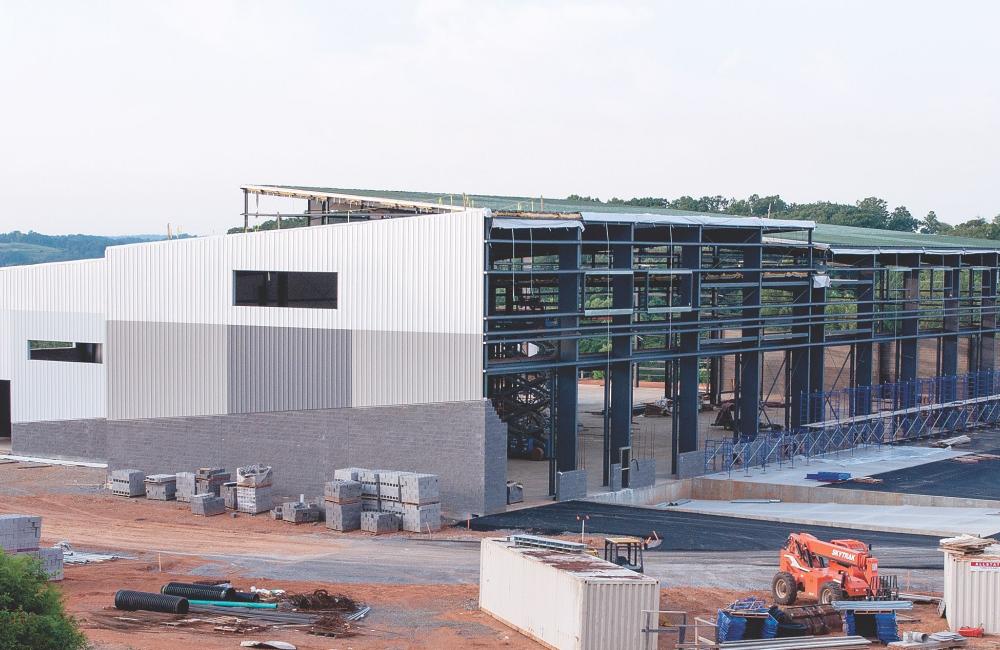Not all of ORNL’s commercial partners are in East Tennessee, and not all work in carbon fiber or additive manufacturing. Each year, ORNL researchers identify around 200 inventions and discoveries they believe have commercial application—from sophisticated sensors to data analysis tools to advances in medical diagnostics. Of those, the lab submits about 80 patent applications, about 70 of which are successful.
Mike Paulus, the lab’s technology transfer director, credits part of that success to ORNL’s Technology Innovation Program, an in-house research and development effort to make technologies ready for prime time.
“I think we’re pushing harder,” Paulus said. “We’re doing a better job of marketing. We’re investing in technology maturation via our TIP program. We have a really sharp team of commercialization managers. And I think the lab across the board has emphasized commercial outputs as something they expect. As a result, the researchers are engaging more in the process.”
Paulus said the lab reaches licensing deals with about 20 businesses a year, with each license potentially encompassing multiple technologies. While new licensing deals can be exciting, he said a relatively small number of older, established companies provide almost all of
the $3 million in licensing revenue that come back to ORNL each year.
Companies have an uphill climb even with the most promising technologies. According to Paulus, only one in three new licenses will still be in effect after five years, and the lion’s share of ORNL income will come from the top 2 percent.
“Our philosophy is to put as many technologies in play as possible,” he explained, “because it is a very competitive world. If you put all your eggs in a few baskets, then it’s likely statistics aren’t going to work out in your favor.”
See also:
- ORNL shares its know-how
- September workshop looks for progress that lasts
- ORNL's national reach
- ORNL tech successes
- Who is ORNL's next big tech success story?



